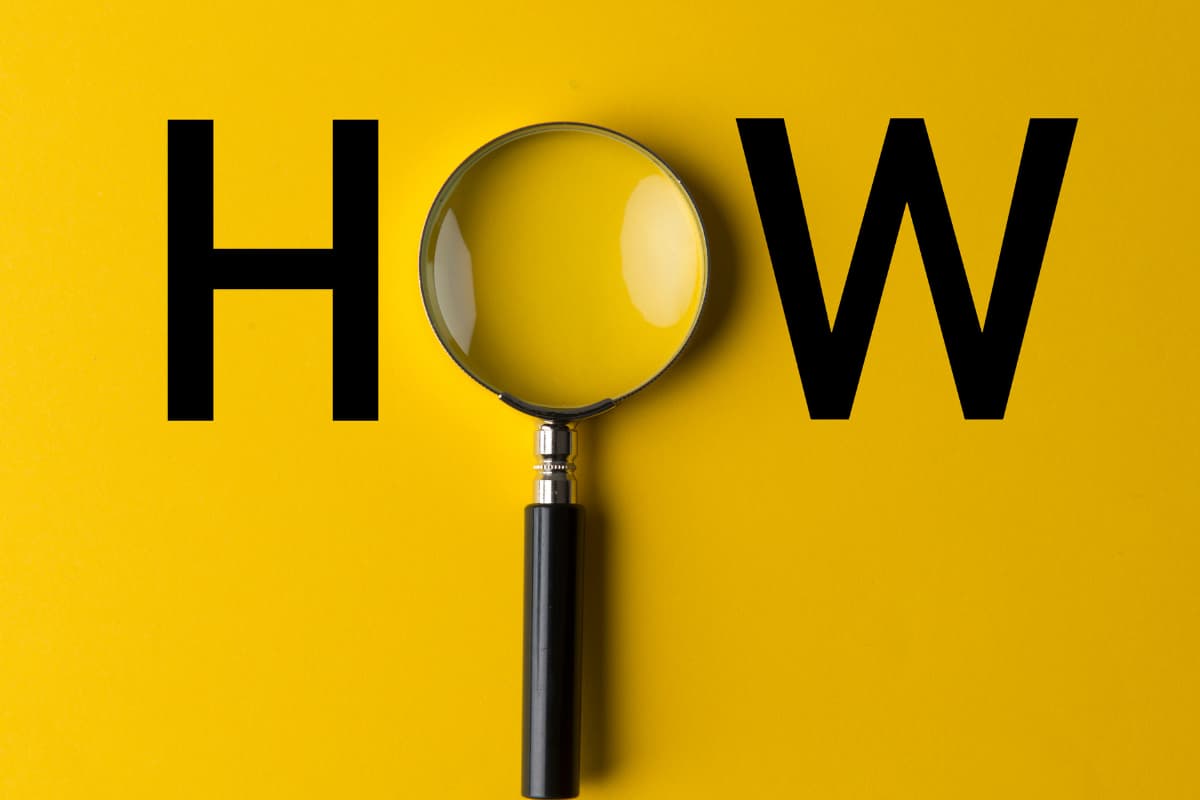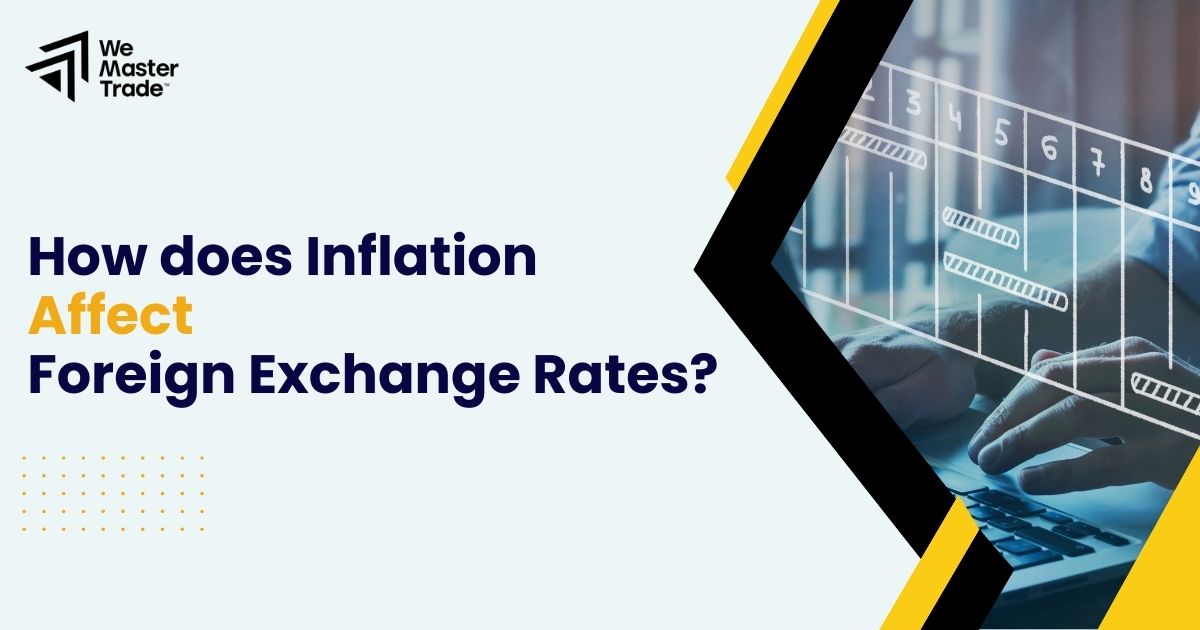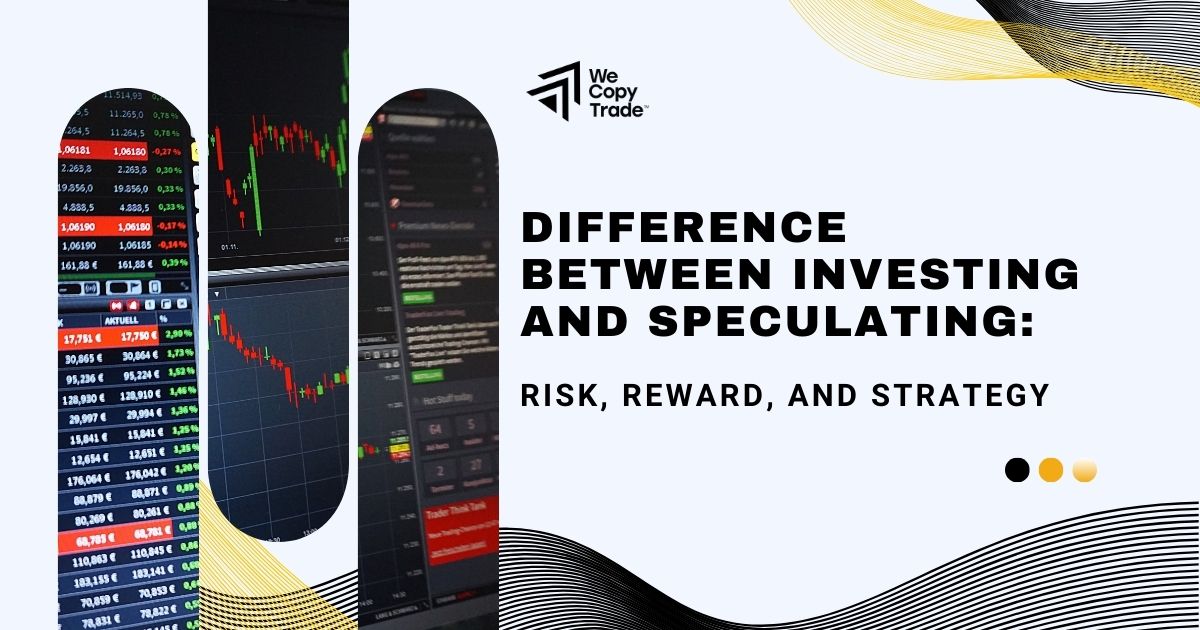
Paying attention to currency pair correlations is a simple yet powerful way to potentially improve your Forex trading strategy. When two currencies tend to rise and fall at the same time, they are said to be positively correlated. When they change in opposite ways, they have a negative correlation. This blog is a detailed guide on using currency pair correlations in the Forex market: the definition, types, factors influencing correlations, how to utilize currency pair correlations, and much more.
What are Currency Pair Correlations?
Currency pair correlations refer to how different currency pairs move in relation to each other. When two currency pairs tend to rise and fall together, they are said to have a positive correlation. But if they go in opposite directions, they have a negative correlation.
Currency pair correlations are assessed on a scale of -1 to +1:
- +1: a perfect positive correlation, where the pairs move identically.
- -1: a negative correlation, indicating that the pairings move in opposing directions.
- 0: no correlation, the pairs’ changes are unrelated.
By identifying correlated pairs, you can spot trends and make more informed decisions about when to buy or sell.

Why are Currency Pair Correlations Important?
Understanding the relationships between different currency pairs may be really useful for Forex traders. Knowing the correlations will help you in several key ways:
- Improve diversification: If two currency pairs tend to move up and down together, trading both of them at the same time does not really spread out your risk. Knowing how the pairs are connected can help you choose pairs that are better at diversifying your portfolio.
- Manage risk: If you avoid trading currency pairs that are very strongly connected, you can lower the chance of doubling down on the same market movement and potentially losing a lot.
- Spot trading opportunities: Noticing patterns in how different currency pairs are correlated can give you a heads-up on where prices might move across multiple pairs. This can open the door to finding smart trading strategies.
- Hedge against losses: By trading currency pairs that usually move in opposite directions, you may be able to offset any losses in one trade with gains in another.
Types of Currency Pair Correlations
3 key types of currency pair correlations include:
- Positive correlation
- Negative correlation
- Neutral correlation

Positive Correlation
When currency pairs are positively correlated, it means they usually go up and down together.
Example: The EUR/USD and GBP/USD pairings have a strong positive connection. That is because they both involve the U.S. dollar, as well as currencies from Europe. These pairs tend to be influenced by similar economic and political events, so their prices move in a similar way.
Negative Correlation
When currency pairs are negatively correlated, they usually move in opposite directions.
Example: The EUR/USD and USD/CHF pairs often have a negative correlation. This means that when the Euro goes up against the U.S. dollar, the U.S. dollar often goes down against the Swiss franc. So the two pairs are making opposite moves.
Neutral Correlation
Neutral correlations happen when there is no substantial relationship between the price changes of two currency pairs. This suggests that the price changes of the two currency pairs are independent.
While neutral correlations may not point to obvious trading ideas, experienced Forex traders can still use this information to better understand market trends and predict how sentiment might change.
Factors Influencing Currency Pair Correlations
There are a few key things that may affect how different currency pairs are correlated:
- Economic indicators: Data on things like interest rates, inflation, and GDP can cause currency pairs to move in tandem if they involve economies that are influenced by similar economic conditions.
- Geopolitical events: Major political or global events can sometimes drive multiple currency pairs in the same direction, creating positive correlations.
- Market sentiment: When traders and investors are feeling optimistic or pessimistic about the markets, it can cause related currency pairs to rise or fall together.
How to Measure Currency Pair Correlations
To analyze and comprehend the relationships between currency pairs, you can utilize tools like correlation matrices and indicators on trading platforms.

The process involves the following steps:
- Gather historical data: Collect historical data on the currency pairings you wish to analyze over a set period, such as daily, weekly, or monthly.
- Calculate the correlation coefficient: Many trading systems offer built-in tools for measuring correlations. Alternatively, you may calculate the correlation with online calculators or spreadsheet software.
- Interpret the results: Focus on the value of the correlation coefficient. A score close to +1 suggests a strong positive relationship, whereas a value around -1 indicates a strong negative relationship.
Pro tip:
Correlations might shift over time owing to economic and geopolitical changes. Regularly reassessing these relationships is critical for maintaining up-to-date insights.
Utilizing Currency Pair Correlations in Your Trading Strategy
Now that you know what currency pair correlations are and how to measure them, here are several ways to incorporate them into your Forex trading approach effectively:
- Diversify your trades
- Avoid overexposure
- Find hedging opportunities
- Identify new trading chances
- Set realistic stop losses and take profits
Diversify Your Trades
If you wish to spread out your trading risk, pick currency pairs that have low or negative relationships. For instance, trading both the EUR/ USD and USD/ CHF may be better than trading the EUR/ USD and GBP/ USD, which often go up and down at the same time. Pairs that do not move together may help reduce your exposure to one-sided market risks.
Avoid Overexposure
Trading multiple pairs that move in the same direction potentially increases your risk. For instance, if you trade both the EUR/ USD and GBP/ USD, you are just betting on the US dollar. If the dollar moves against you in both pairings, your losses may increase.
Find Hedging Opportunities
If you are worried about losing money on a position, you may utilize a pair that moves in the opposite way to balance the risk. For example, if you are long on the EUR/ USD, going short on USD/ CHF may help offset possible losses. That way, if the euro falls against the dollar, the dollar might rise against the Swiss franc, which would offset your losses.
Identify New Trading Opportunities
Correlations can also help you find good entry points. If two positively correlated pairs start moving differently, it could mean one is temporarily out of line. When it “catches up,” it might be a great opportunity to make some money. This takes good timing, but it may be a useful addition to your Forex trading strategy.

Set Realistic Stop Losses and Take Profits
Knowing the correlations between pairs may help you set appropriate stop-loss and take-profit levels. If you know two pairs are very connected, you may utilize similar levels for each one. This makes it easier to manage your trades and avoid big differences in how they turn out.
Limitations to Consider
When utilizing currency pair correlations in Forex trading, traders need to keep a few things in mind:
- Correlations may vary over time: What was true yesterday might not be true tomorrow, as market conditions and world events can shift the relationships between currencies.
- Correlations are not perfect predictors: Even if two pairs are highly correlated, they may not move in lockstep. There may still be discrepancies in the size and timing of pricing adjustments.
- Other things affect currency prices: Correlations are useful, but they do not tell the whole story. Interest rates, economic statistics, and geopolitics all have a significant impact on currency rates.
Final Words
In conclusion, understanding how currency pairs move together may be valuable for Forex traders. By knowing which pairs tend to go up and down at the same time, you may find ways to spread out your trades and control your risks. Just remember that these relationships can change over time, so you will need to keep an eye on them.
Please visit WeCopyTrade or https://wemastertrade-mena.com/blog/ for more tips.











